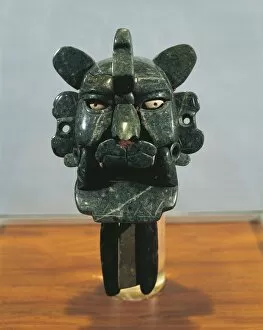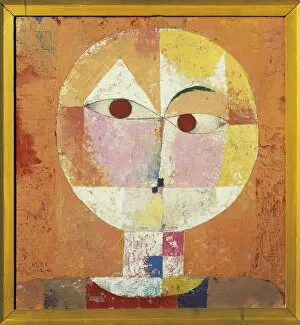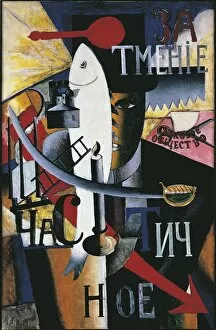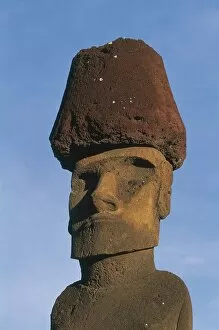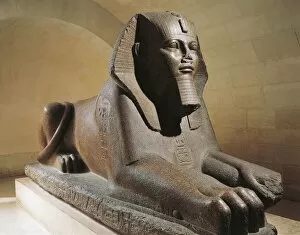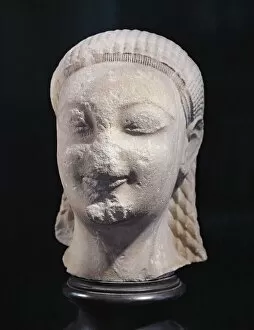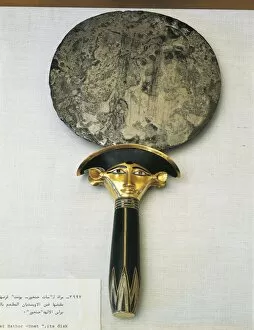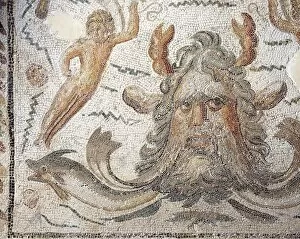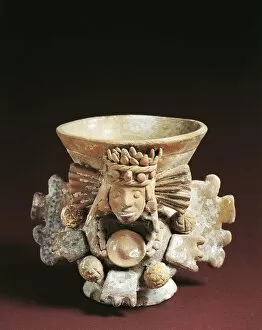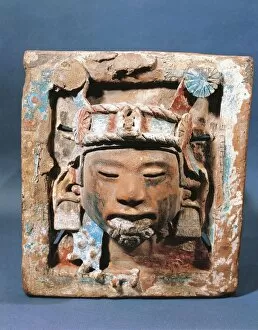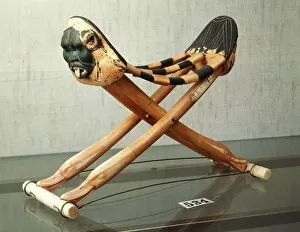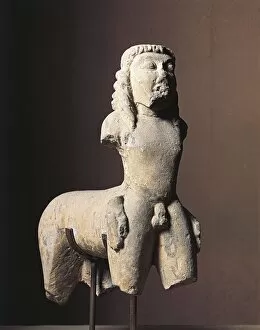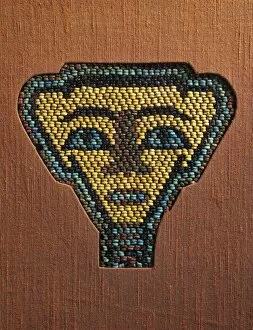Anthropomorphic Face Collection (#8)
"Unveiling the Enigmatic Anthropomorphic Faces
For sale as Licensed Images
Choose your image, Select your licence and Download the media
"Unveiling the Enigmatic Anthropomorphic Faces: A Journey Across Continents and Cultures" From the intricate wood carved masks in Te Puia Maori Cultural Center to the mesmerizing sandstone faces at Bayon, King Jayavarman VII's masterpiece, anthropomorphic expressions have captivated humanity for centuries. These remarkable creations transcend time and borders, offering glimpses into diverse traditions and beliefs. In Rotorura, North Island of New Zealand, Pacific, a traditional wooden mask reveals the Maori culture's profound connection with nature. Its meticulously crafted features embody ancestral spirits that guide their people through life's challenges. Meanwhile, in Dumfries and Galloway, Scotland, United Kingdom, Europe stands the enigmatic Grey Man of Merrick. Carved by ancient hands into rugged hillsides, this mysterious face whispers tales of forgotten legends and echoes of a bygone era. Traveling further east to Ayutthaya Province in Thailand brings us face-to-face with a serene Sandstone Buddha image nestled under a Bodhi tree. Its tranquil expression invites contemplation and reflection amidst bustling surroundings. Venturing westward to Massa Carrara in Italy unveils an awe-inspiring Stele-statue of Lunigiana. This monumental figure exudes strength and resilience as it stands tall against the test of time—a testament to human creativity throughout history. As we journey through Kathmandu in Nepal, Asia unfolds before our eyes—a Buddhist Stupa standing proudly amidst ancient architecture near Durbar Square. The intricately designed features symbolize enlightenment while evoking spiritual devotion within its visitors. The vibrant cityscape of Barcelona beckons us next as Antonio Gaudi's La Pedrera (Casa Mila) showcases singing chimneys adorned with playful faces—The Pop Girls. These whimsical sculptures add an element of joy to everyday life while paying homage to Catalonia's rich artistic heritage. Finally, we find ourselves surrounded by the flickering glow of candles, pumpkins, and a ghostly presence.


